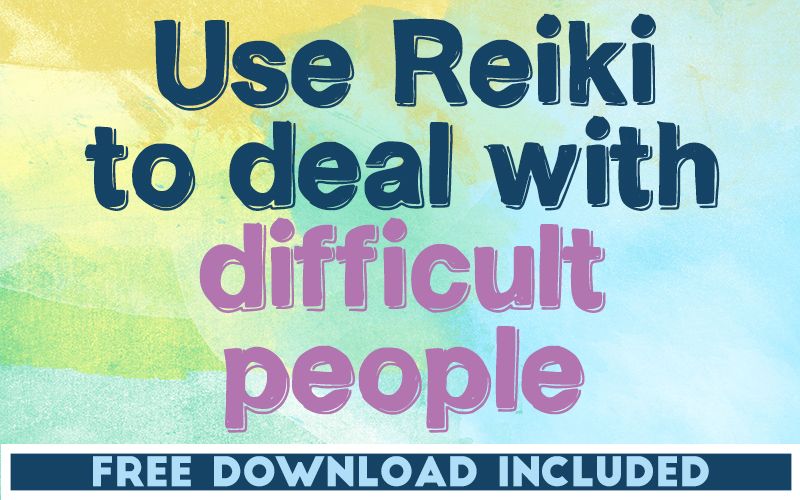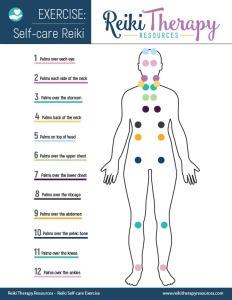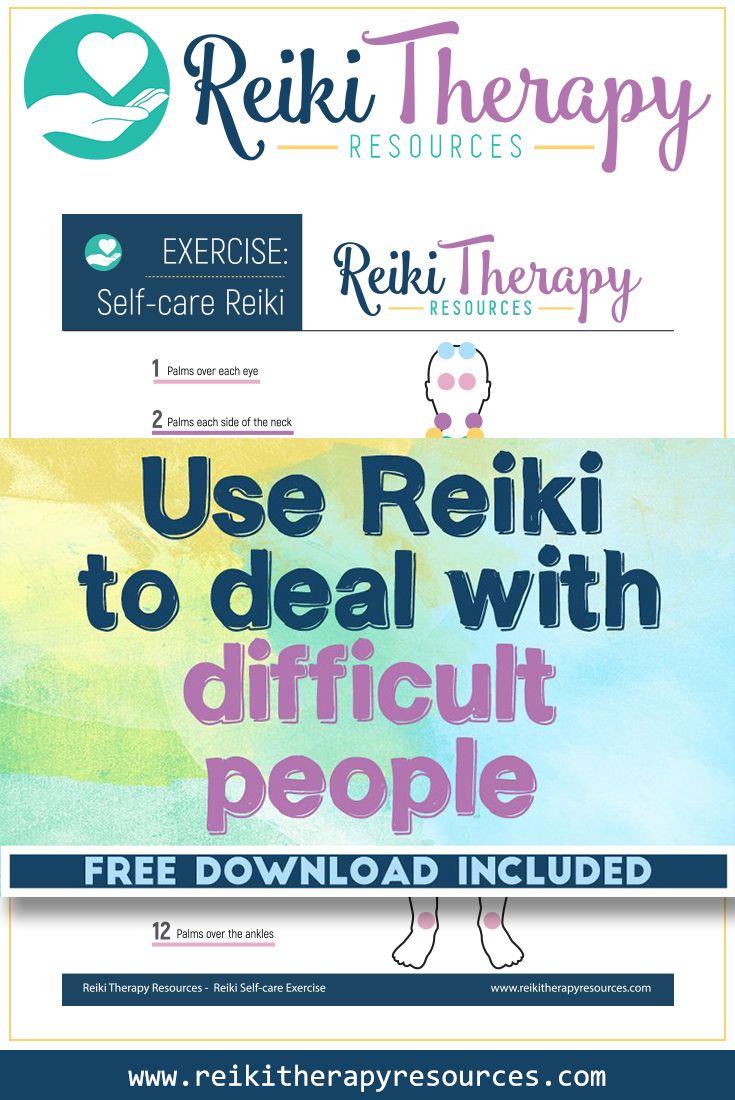
THIS POST INCLUDES:
——————————————–
1. Traits of difficult people
2. Handling conflict
3. 10 Ways Reiki Can Help with Difficult People
4. Free Download Reiki Self-care Exercise
TRAITS OF DIFFICULT PEOPLE
At times we all experience difficulties which may elicit behavior from us that is not our finest moment. We sometimes get angry, impatient, demanding, judgemental, and negative. For most people these experiences of difficult behavior is short lived as we learn to adjust to the situation or find solutions to overcome the difficult circumstances.
If we remain insightful into our lives, we can realize that the difficulty we may be experiencing in life will pass and that we can learn and draw lessons from the experience to make self-improvements and develop our inner strengths.
Unfortunately some people can become entrenched in this difficult behavior and some of these outward expressions of difficulty can become entrenched as an enduring trait in the persons daily activities.
Some of the most common traits that a person can regularly engage in include:
- Hostility, aggression, and offensiveness
- Complaining, negativity
- Silent treatment, passive aggressiveness
- Neediness
- Self-importance
- Avoidance
When these traits are exhibited by a person on an ongoing basis, it can become difficult to engage with this person in a healthy and productive way. In an interpersonal relationship, these traits can put enormous stress on family and social relationships. In a work setting, these traits can create an environment which is affected by the negative outcomes of ongoing conflict.
HANDLING CONFLICT
The first important step to handling a difficult person is to identify the behavior is not personal towards you. In most cases, the person who is behaving badly, is behaving the same way with everyone else in their lives and not just you.
When you can identify that the difficulties exist outside of your involvement, you can then step back and identify the behavior and develop strategies to put in place to help guide you through interacting with this person.
The next step is to identify from the list below, the traits that you can see in the person that you are interacting with. It’s possible their behavior may belong to just one of the six types of behavior, however, it’s also possible that the person is showing multiple traits at once. This indicates an additional layer of complexity to the problem, however, it also provides you with insight into the confused nature of the person.
When we refer to handling conflict, this doesn’t always refer to an aggressive position in a relationships. Instead, the term conflict primarily refers to disagreement, struggle, or opposition. This doesn’t always involve hostility as conflict can also be based on avoidance and passive silence.
People usually deal with conflict in a number of ways:
- Avoid it
- Suffer it
- Escalate it
- Resolve it – this is the ideal outcome!
The first three methods of dealing with conflict are the most emotionally damaging whereby the difficult person gets to continue their behavior and anyone else has to modify their own behavior entirely to accommodate the difficult person. These methods don’t help anyone as the difficult person ultimately learns that their behavior is rewarded by others avoiding, suffering, or escalating it.
The best method of dealing with conflict is to resolve it. Resolving it can involve many different types of interactions including communicating and working with the difficult person. Alternatively, it can be resolved by not engaging with the difficult person and removing yourself from the situation. This might seem similar to avoiding the conflict, however, avoidance usually requires that you are passive or submissive to the situation and choose to ignore the ramifications and consequences of the difficult person that you are trying to avoid.
Not engaging with a difficult person through detachment ensures that you are aware of the impact of the difficult person and don’t absorb the emotional impact of their difficult behavior.
There is no exact formula for handling conflict with a difficult person because every situation involves different parameters and personal traits.
To handle conflict requires that you:
- Detach back from the situation to assess
- Assess the behavior of the difficult person
- Identify any common traits the difficult person is exhibiting
- Identify how you are currently dealing with conflict
- Develop strategies to resolve the conflict
10 WAYS REIKI CAN HELP WITH DIFFICULT PEOPLE
Reiki can help us deal with difficult people. Below are 10 ways in which Reiki can help us with difficult people:
- Locate in your body where energy is stalled. This area may feel tight, constricted, or tense. Send Reiki to this area and help the energy flow again.
- Develop a sense of compassion to the difficult person as well as yourself. Engaging in compassion helps to defray any feelings of animosity and negativity which may encourage ongoing conflict between yourself and the difficult person.
- Keeps you focused on a problem-solving approach instead of a problem-generating approach. To connect with a positive energy through Reiki can help you maintain a positive outlook in an adverse situation.
- Facilitates healing for both physical and emotional wounds.
- Generates positive energy to help motivate and maintain your commitment to a peaceful approach to working with people.
- Provides soothing energy to help comfort us in difficult situations.
- Encourages harmony and balance in relationship dynamics.
- Provides a restful and relaxing time for us to rejuvenate and energize ourselves to resolve conflict.
- Help develop a resilience and acceptance towards difficult relationships.
- Encourages openness and willingness to resolve conflict.
FREE DOWNLOAD
SIGN UP below to receive your FREE DOWNLOAD. Once you enter your email address, you will receive access to the Free Reiki Self-care Exercise.

BUILD YOUR REIKI REFERENCE MATERIALS:
Pin this image to your Pinterest board.

SHARE KNOWLEDGE & PASS IT ON:
If you’ve enjoyed this post, please share it on Facebook, Twitter, Pinterest. Thank you!
